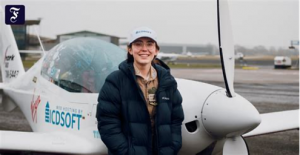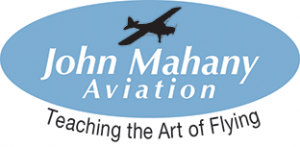Looking forward in 2022
Guinness World Record
 Zara Rutherford, only 19, recently completed her ‘RTW’ (‘round the world) flight, with many stops, in Wevelgem, Belgium, on Thursday, January 20, 2022. She was flying SOLO and has set a Guinness World Record in the process!!
Zara Rutherford, only 19, recently completed her ‘RTW’ (‘round the world) flight, with many stops, in Wevelgem, Belgium, on Thursday, January 20, 2022. She was flying SOLO and has set a Guinness World Record in the process!!
Congratulations, Zara!! She flew a Shark Ultra-Light, a small single engine aircraft built by Shark.aeros.r.o., certified in both Germany and the Czech Republic, that was modified for this flight. She took off on this journey, August 18, 2021, and she finished 155 days later. This is simply amazing. She is an inspiration to many! It should be pointed out that both of her parents are also pilots.
What is she looking forward to next? She says she’d like to become an astronaut! Naturally.
Safety
This being January, and with the rest of the year ahead, looking forward, let’s see what we can do to make 2022 safer than 2021. What can be done to reduce the number of aircraft accidents, especially fatal accidents? This is no small challenge.
The NTSB has released their preliminary report on the Learjet crash that occurred on December 31, 2021, at San Diego’s Gillespie Field. A big question is why the pilots elected to circle-to-land, at night, in marginal weather? This is never a good idea.
Having said this, in my previous job, in my work as a simulator instructor I have performed this maneuver countless times in the simulator, during my own training, using a nighttime ‘visual’. My clients have practiced ‘circling’ many times, as well. We used Memphis, TN, (KMEM), because KMEM meets all of the required criteria for a circling approach.
When I took my Citation recurrent training at LOFT Aero, in Carlsbad, CA, in December, in their Citation Ultra simulator, we used JFK Int’l Airport in New York (KJFK). It also meets the FAA’s circling requirements. The Circle-to-Land instrument approach procedure is required by the FAA to be completed during training. The airlines, with much larger jets, do not allow their pilots to perform the ‘circle-to-land’ maneuver. They only fly ‘straight-in’ approaches. However, we spend time carefully ‘briefing’ or discussing the approach and what is required beforehand, so the clients know what is involved.
Was this crew simply anxious to get home? Probably. Did this influence their fateful decision to attempt this maneuver, instead of a safer, straight-in approach? Probably. But we’ll have to wait and see what the NTSB says when they finish their investigation and issue their findings in about a year or so. In the meantime, what are your thoughts about this accident?



